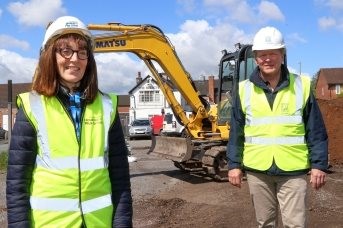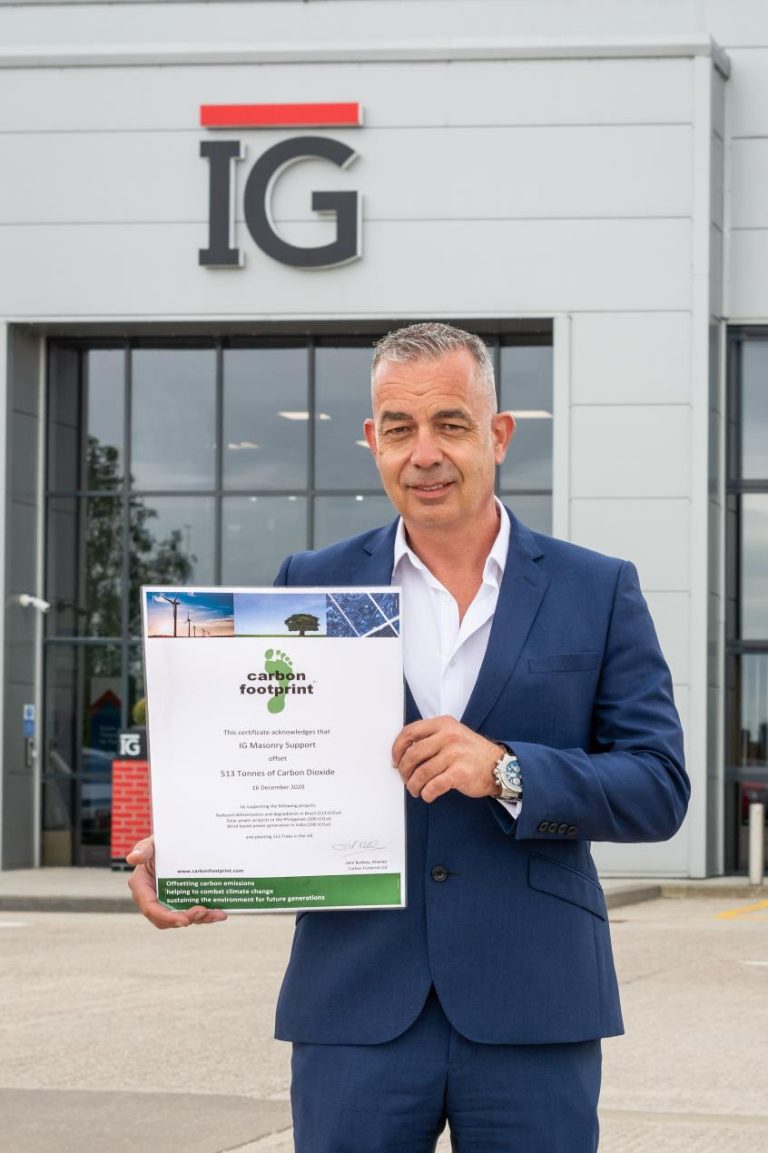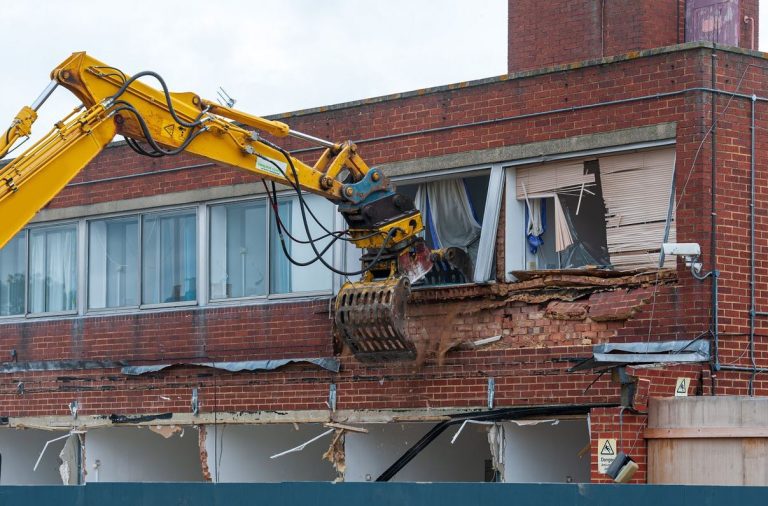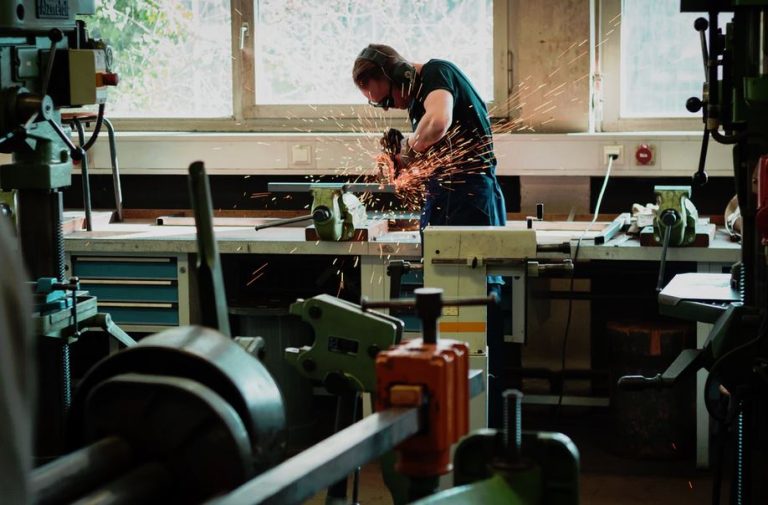For most people, home is where they unwind, escape the world around them and enjoy times of tranquility. But thanks to design elements like open floor plans, lightweight frameworks, high ceilings and hardwood floors, today’s properties are more susceptible to noise pollution than ever before. This is a recipe for disaster considering the loudness of modern life. Everything from internal sounds such as washing machines, loud speakers and even the humming of the fridge, to outdoor disturbances like planes, sirens and construction work can create a cacophony of disturbance. Add noisy neighbours into the mix and you can see why homes are increasingly failing to fulfil their roles as sanctuaries. But it doesn’t have to be this way. With a little forethought, you can soundproof your home and make it the peaceful place you want it to be. Here’s how. 1. Sort out your walls Your first port of call should be your walls, as they are responsible for a huge chunk of the sound coming into a room. Unfortunately, most are built like drums, featuring surface plasterboard (drywall) attached to a structural framework of wall studs or ceiling joists. The spaces in between these studs or joists are usually filled with air or insulation, meaning sound is usually easily conducted through a wall. One way to reduce this is to add a second layer of plasterboard to one or both sides to give the wall surface greater mass, making it less likely to vibrate and transfer sound waves. Soundproof plasterboard will give you the best protection, though be aware of the benefits offered by different types too. Building Materials Nationwide Limited suggest using fire resistant plasterboard to offer serious insulation, or moisture resistant plasterboard for more humid places. Meanwhile, holes or cracks around areas like window frames, ventilation grates and electrical sockets can let in lots of sound. So, closely inspect your walls and repair any cracks or holes you find with caulk. However, if the damage is significant, get a professional to fix these instead, or you risk doing even more damage. Likewise, electrical switches and outlets are usually set into hollow plastic boxes in the wall, which can also help conduct sound. Installing putty pads will create an air seal and add mass to the box that noise can’t pass through. 2. Upgrade your windows Sound is also easily transmitted through windows, so this should be your next area of focus. First of all, moving to double glazing if you haven’t already is imperative. But don’t just go for any type of window — invest in special soundproofing types. These have thicker glass, more space in between the panes and stronger frames, offering much greater sound protection. As noted in The Telegraph: “Acoustic double glazed windows reduce sound by up to 40dB, which would take the loud 80dB noise from road traffic down to a quiet 40dB noise — that’s the equivalent to the sound of someone speaking in a library.” Indeed, even if you already have double glazing, you should consider upgrading it to this kind, wth sites like Windows Guide great for comparing quotes across local suppliers. On the other hand, window inserts may be the better option overall. These are custom-made to fit your window, pressing inside the frame to act as an extra wall against sound vibrations. Going down this route prevents you from forking out on entirely new windows. Meanwhile, other useful window soundproofing options include sound-blocking curtains, filling any cracks and holes around them with caulk, placing furniture near your windows to absorb sound waves, and planting shrubs outside to prevent them getting in. 3. Refurbish your doors Doors are often poor at blocking noise considering they’re usually the thinnest barrier in a wall. The first thing to consider when soundproofing one is whether it’s a hollow-core or solid-core door. The latter will do a much better job at protecting your home from noise, meaning an upgrade is essential. If you need to shop for a new door, make sure to take into account its Sound Transmission Class (STC) rating — the higher it is, the better. Hollow-core doors tend to have a STC of around 20, whereas solid-core ones are usually in the mid thirties. However, this step alone will only block sounds like low speech, and not louder noises, meaning you need to go further to give yourself the best protection. One way to better soundproof your door is to add materials like mass loaded vinyl, soundproof blankets and panels to it to block noise coming in. Mass loaded vinyl is a thick sheet that can be installed inside a door’s core, soundproof blankets go over the top of it, while panels go inside the door itself. Like with walls and windows, another way to improve things is seal any cracks or holes. You can use a door gasket to fill any that are underneath, and things like gap foam, silicone sealant or noise-reducing tape for any in the door itself.













